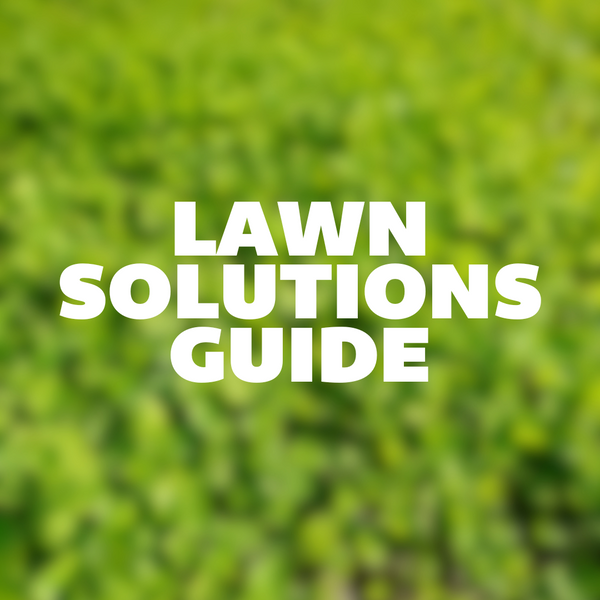These annual and perennial flowering plants have striking similarities, but a surprising range of colours and growth habits. It is easy to grow poppies from seeds. In the right setting, they grow and then self-sow with abandon, without becoming weedy. They will thrive for years at a time in surprising spots, like a crack in the driveway.
Latin
Papaver nudicaule (perennial), P. rhoeas & P. somniferum (both annual)
Family: Papaveraceae
Difficulty
Easy
Season & Zone
Exposure: Full sun to partial shade
Zone: P. nudicaule is hardy to Zone 3
Timing
Start perennial poppies outdoors in early spring, when some chance of frost is still a possibility. Start annual varieties outdoors at the same time in Zones 3-7. In Zones 8-10, the best bet is to direct sow in the fall.
Poppies are famously difficult to transplant, so starting them indoors is not recommended. If absolutely necessary, use peat or coir pots, and maintain a soil temperature of 12°C (55°F). Seeds will sprout in 20-30 days.
Starting
Sow on the surface of the soil, or barely cover seeds. Thin to a minimum of 15cm (6″) apart.
Growing
Poppies are easy to grow and the self-sow with abandon, without becoming weedy. Simply pull up unwanted plants (an easy task) before they bloom, or better yet, let them tell you where they want to grow. They will thrive for years at a time in surprising spots, like a crack in the driveway. Other times, they simply won’t take, no matter how much you try. Keep them moderately well watered in hot, dry weather, and do not fertilize.
For the largest heads on Papaver somniferum, sow seeds in the fall or early winter. Thin plants to allow them some space, and keep the area weeded as plants grow larger. Grow this variety in full sun in well-drained, but ordinary garden soil. If spring and summer are cool and damp, or plants are over-crowded, expect smaller seed heads.






















